How to Choose the Best Fluted Acoustic Panels for Your Space
In recent years, the importance of sound management within indoor spaces has gained considerable attention, particularly as open-concept designs and urban living spaces become more prevalent. Fluted Acoustic Panels have emerged as a popular solution for enhancing acoustic performance, balancing aesthetics, and optimizing sound quality. According to a report by Grand View Research, the global acoustic panel market is projected to reach $1.26 billion by 2025, driven by increasing demand for soundproofing solutions in both residential and commercial environments.
Choosing the best Fluted Acoustic Panels for a specific area requires careful consideration of various factors, including panel material, thickness, and aesthetic compatibility with existing decor. Research by the Acoustical Society of America suggests that effective acoustic treatment can reduce sound reverberation times by as much as 50%, significantly improving auditory experiences during activities such as meetings, performances, or casual gatherings. Thus, selecting the right panels not only contributes to a more pleasant acoustic environment but also plays a critical role in enhancing overall productivity and enjoyment in any space.
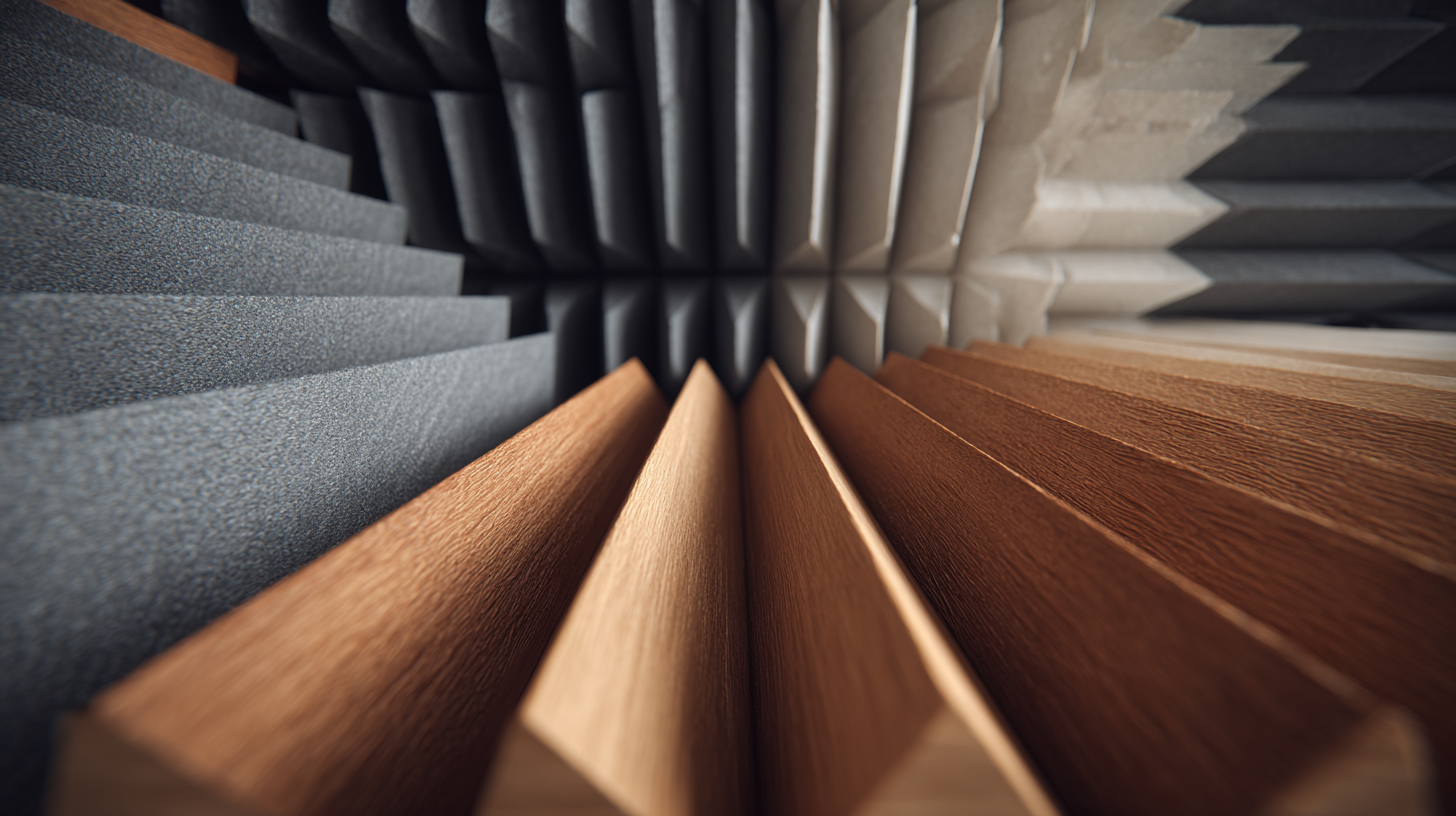
Understanding Different Types of Fluted Acoustic Panels Available
When selecting fluted acoustic panels for your space, it's essential to understand the different types available to ensure you make the best choice for your needs. Fluted panels come in various materials such as wood, fabric, and metal, each bringing unique acoustic properties and aesthetic appeal. Wood panels can create a warm and inviting feel while offering excellent sound absorption. Fabric-covered options allow for customization in color and texture, making them a versatile choice for enhancing decor. Metal panels, on the other hand, can add a modern touch and are particularly effective in commercial settings.
Tips: Consider the specific acoustical requirements of your room. For quieter spaces, such as home theaters or recording studios, thicker panels may provide better sound insulation. If the focus is on aesthetics, opt for designs that complement your decor style, ensuring that functionality does not compromise visual appeal. Additionally, think about installation and maintenance; some materials may require more upkeep or special installation techniques to achieve optimal performance.
Evaluating Material Options for Fluted Acoustic Panels
When choosing fluted acoustic panels, understanding the material options available is paramount. Common materials include wood, fabric-covered composites, and specialized acoustic foam. According to a report by the Acoustical Society of America, wooden panels are often favored for their aesthetic appeal and density, which helps to absorb mid to high frequencies effectively. It's essential to consider the NRC (Noise Reduction Coefficient) rating, which indicates the panel's sound absorption efficiency; high-quality wood panels can achieve NRC ratings above 0.80, making them suitable for spaces requiring superior acoustics.
Fabric-covered composites present a versatile option, allowing for customization in color and texture while maintaining acoustic performance. A study from the Architectural Research Institute highlights that these composite panels can provide an optimal balance of sound absorption and aesthetic flexibility, often achieving NRC values similar to their wood counterparts. On the other hand, acoustic foam panels are typically more cost-effective and lighter, making them an ideal choice for temporary setups or spaces where wall load-bearing is a concern. However, their NRC ratings may vary, and selecting the right thickness and density is crucial to maximize their efficacy.
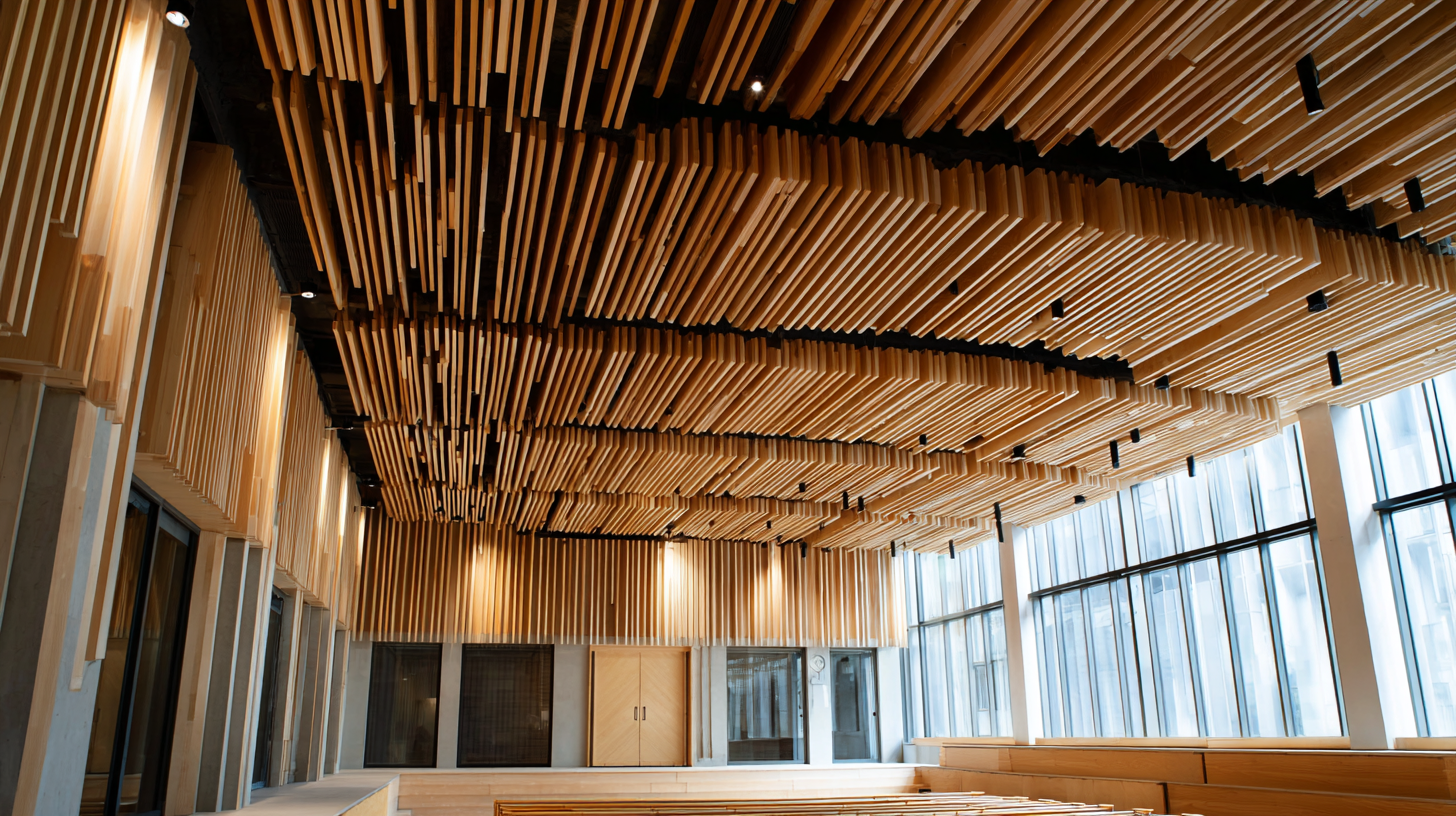
Assessing Acoustic Performance and Aesthetics in Your Space
When assessing acoustic performance and aesthetics in your space, it’s essential to consider both the material properties and the design of fluted acoustic panels.
According to a report by the Acoustical Society of America, spaces that incorporate sound-absorbing materials can reduce reverberation time by as much as 50%. This significant improvement in sound quality creates a
more comfortable and productive environment, particularly in spaces like offices, recording studios, and auditoriums.
Aesthetically, fluted acoustic panels offer a blend of functionality and design versatility. The varying depths of fluting not only enhance sound diffusion but also add a dynamic visual element to any interior.
The report from Research and Markets highlights that the global architectural acoustics market is projected to grow at a CAGR of 5.2% from 2021 to 2026, indicating a growing trend towards integrating aesthetically pleasing acoustic solutions in modern designs.
By choosing panels that align with both acoustic needs and aesthetic goals, you can create spaces that are not only sound-friendly but also visually appealing.
Determining the Right Size and Thickness for Your Acoustic Needs
When selecting fluted acoustic panels for your space, determining the right size and thickness is crucial to meet your specific acoustic needs. The size of the panel will not only affect the area it can cover but also its ability to absorb sound effectively. Larger panels tend to cover more space and are beneficial for rooms with high ceilings or larger acoustic challenges. On the other hand, smaller panels can be strategically placed to address specific areas where sound reflection is most problematic, making them a versatile option for various setups.
Thickness plays a significant role in sound absorption as well. Thicker panels generally provide better soundproofing, particularly in lower frequency ranges. If your space is prone to noise from external sources or requires significant sound dampening, opting for thicker panels can enhance the overall acoustic performance.
For environments like home studios or rehearsal spaces where sound clarity is paramount, investing in appropriately sized and thick panels is essential for achieving an optimal sound environment.
Exploring Installation Methods and Additional Design Considerations
When selecting fluted acoustic panels, understanding installation methods is crucial for achieving optimal sound absorption. Various installation techniques can drastically impact both the functionality and the aesthetics of the panels. Common methods include direct adhesive application, which allows for a seamless look and minimal hardware visibility, and the use of mounting tracks, which make it easier to adjust panel positioning if necessary. Additionally, some panels come with interlocking systems that promote quick installation and reconfiguration, making them ideal for evolving spaces.
Beyond installation, several design considerations should be taken into account to harmonize the acoustic panels with the existing decor. The choice of panel size, thickness, and spacing can affect not only sound quality but also visual appeal. Color and texture also play pivotal roles; opting for finishes that complement your interior design can enhance the overall ambiance. Furthermore, consider the strategic placement of panels to manage sound reflections effectively, ensuring that functional requirements align with your design vision. By carefully weighing these factors, you can create an acoustic environment that is both stylish and effective.
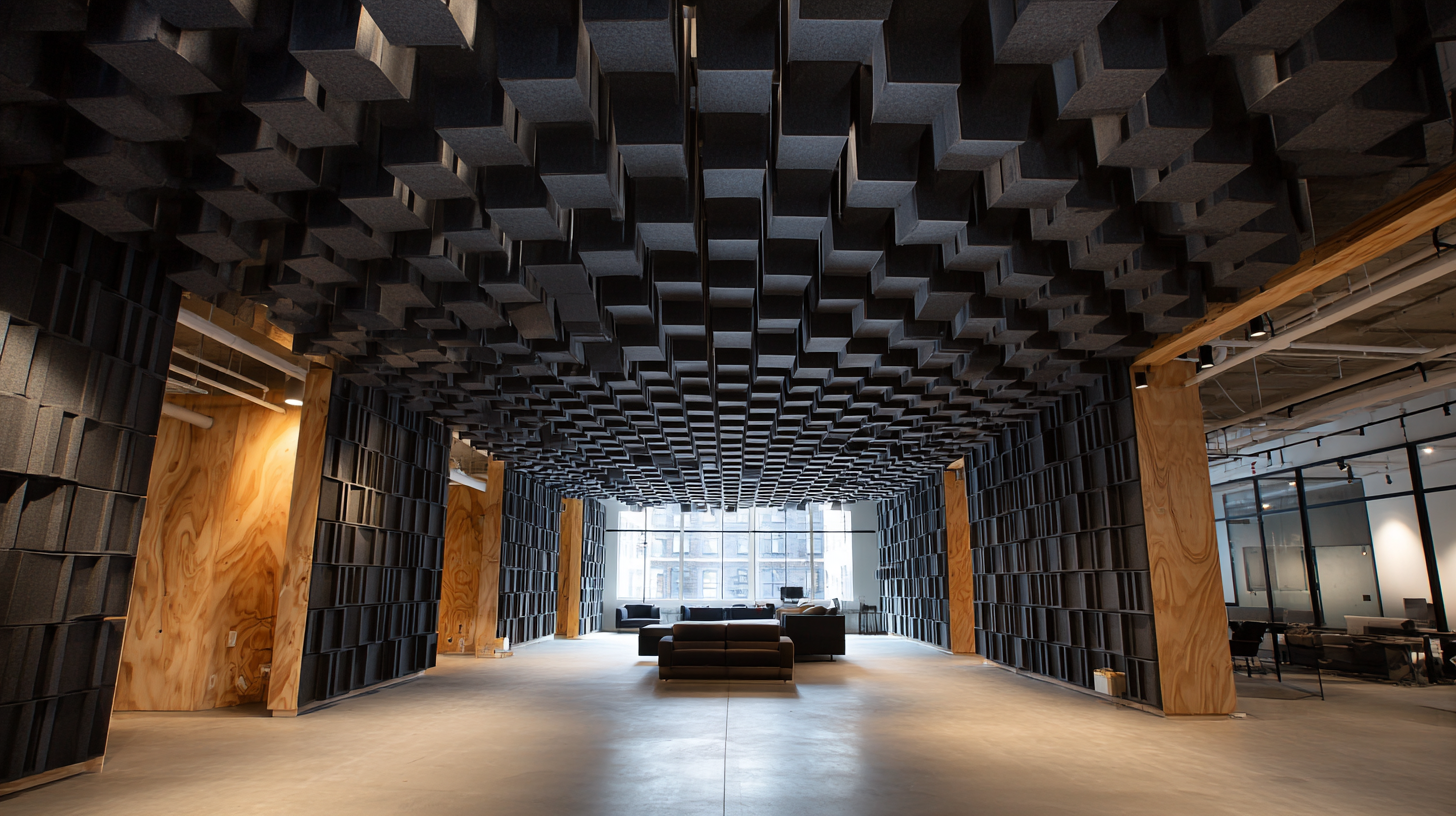
Related Posts
-

7 Ways Grooved Acoustic Panels Transform Your Space for Better Sound Quality
-
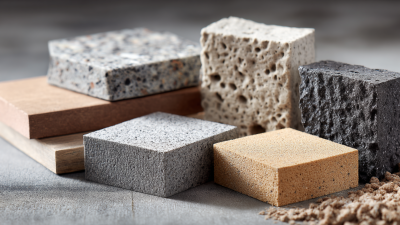
Global Leaders in Manufacturing: Discover the Best Acoustic Building Materials
-

Ultimate Guide to Enhancing Your Space with Panel Acoustic Wall Solutions
-

What are the Benefits of Using Acoustic Building Materials for Global Construction Projects
-

How to Choose the Best Sound Proof Acoustic Solutions for Your Space
-
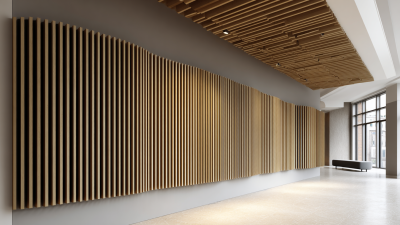
Choosing the Top 5 Manufacturers for Best Slat Wall Acoustic Panels Worldwide
-

Phone
-

E-mail
-

wechat
wechat

-

whatsapp
whatsapp


